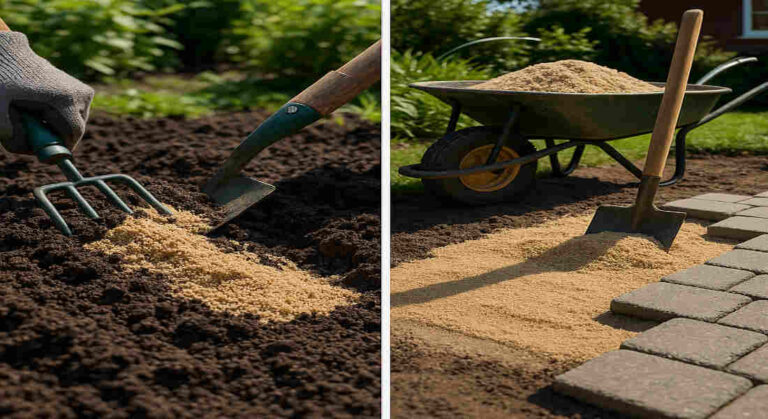Gardening enthusiasts are always on the lookout for ways to improve their soil and create the perfect growing environment for their plants. One common question that arises is: “Can you use builders’ sand in the home garden?” Soil amendments like sand can play a vital role in improving soil structure, drainage, and aeration, but not all sands are created equal. Builders sand, often used in construction, is readily available and affordable, but is it safe and effective for gardening?
Understanding Builders Sand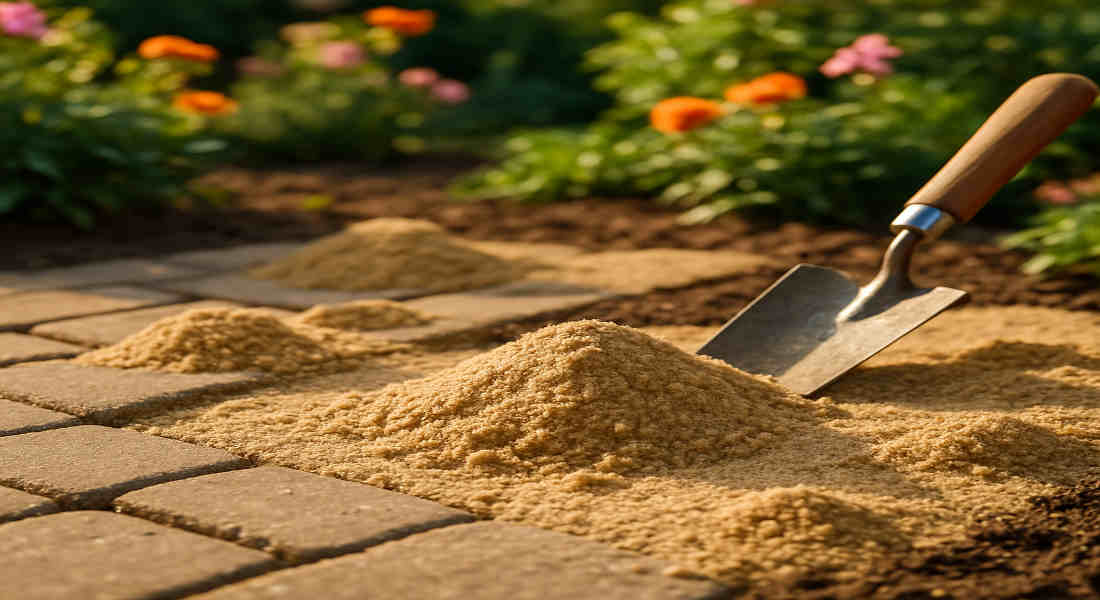
To determine whether builders’ sand is suitable for gardening, it’s important to first understand what it is, how it’s made, and how it differs from other types of sand.
What is Builders Sand?
Builders sand, also known as construction sand, is a type of sand commonly used in masonry, paving, and other construction projects. It is characterized by its medium-to-coarse grain size, which makes it ideal for creating sturdy foundations and cement mixtures.
- Physical Characteristics: Builders’ sand is typically brown or yellowish in color, with a gritty texture. The grains are irregularly shaped, which helps with binding in construction.
- Primary Use: Builders’ sand is primarily used in construction projects to create cement, mortar, and concrete. It’s also used for leveling surfaces like patios or driveways.
How Builders Sand Differs from Other Sands
Not all sands are the same, and their properties can vastly differ based on their intended purpose. Here’s how builders sand compares to other types:
- Horticultural Sand: Specifically designed for gardening, horticultural sand is washed, free of impurities, and has a coarse, sharp texture. It’s ideal for improving drainage.
- Play Sand: Often used in children’s sandboxes, play sand is fine-grained, soft, and thoroughly washed to remove harmful contaminants. It’s not suitable for gardening because it compacts easily.
- Sharp Sand: Similar to builders’ sand but typically washed and used for gardening purposes. It has a gritty texture and is free from impurities, making it a better option for soil improvement.
Understanding these differences is crucial in determining whether builders’ sand can meet the needs of your garden.
Why Consider Using Builders Sand in the Home Garden?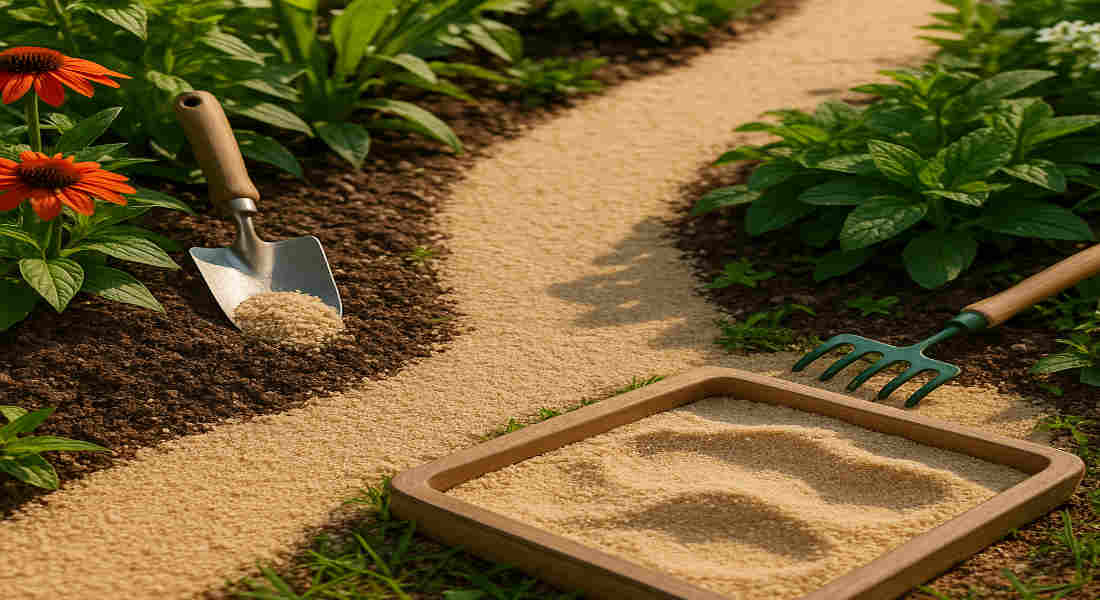
Builders sand isn’t specifically designed for gardening, but it does offer a range of benefits that can make it a viable option under certain conditions.
You may also read (concrete base essentials for your dream home garage).
Benefits of Soil Structure
One of the main reasons gardeners consider using builders’ sand is its potential to improve soil structure, especially in heavy clay soils.
- Improves Drainage: Clay-heavy soil tends to hold water, leading to poor drainage and waterlogged roots. Adding builder’s sand can help break up the soil and enhance drainage, preventing root rot.
- Enhances Aeration: Sand loosens compacted soil, creating space for air to circulate. This is essential for healthy root development.
- Easier to Work With: Mixing sand into heavy soil makes it less sticky and easier to work with, allowing for more efficient digging, planting, and maintenance.
Cost and Accessibility
Builders sand is widely available at construction supply stores and is significantly more affordable than horticultural sand.
- Affordable Alternative: If you’re working on a large-scale gardening project, using builders’ sand can save you money compared to purchasing specialized gardening sands.
- Bulk Purchases: Builders’ sand is often sold in bulk, making it a convenient option for larger gardens or landscaping projects.
These benefits make builders appealing to gardeners on a budget, but it’s essential to consider the potential risks before using them.
Potential Risks and Drawbacks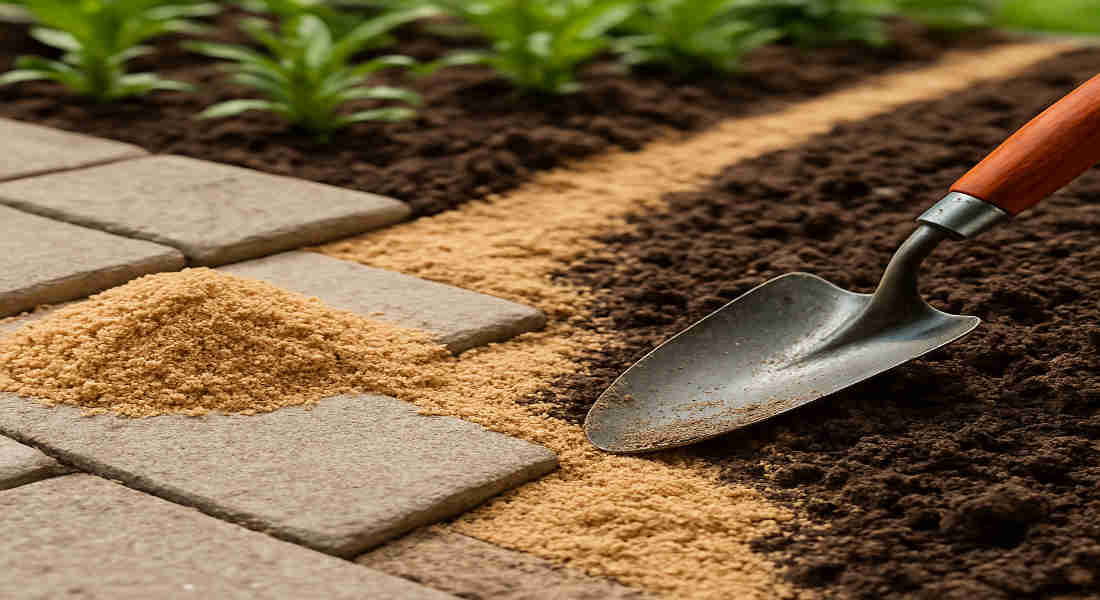
While builder’s sand has its advantages, it also comes with potential downsides that could negatively impact your soil and plants.
You may also read (mastering garage floor sealing tips for homeowners).
Salt Content
One major concern with builders’ sand is the potential presence of salt residues, which can be harmful to plants.
- Salt Damage: High salt content can disrupt soil structure, harm beneficial microbes, and cause leaf burn in plants.
- How to Mitigate: Always check for salt before using builders’ sand. A simple DIY test involves dissolving sand in water and tasting the water for any salty flavor. Alternatively, rinse the sand thoroughly before use.
Nutrient and pH Issues
Builders sand is low in nutrients and may alter the pH of your soil, impacting plant growth.
- Nutrient Deficiency: Unlike organic amendments, builders’ sand does not add nutrients to the soil. You’ll need to supplement with compost or fertilizers.
- pH Changes: Depending on its source, builders’ sand can make soil more alkaline or acidic, which may affect nutrient availability for plants.
Contaminants and Impurities
Builders’ sand is not washed or purified for gardening purposes, which means it may contain clay, silt, or chemical residues.
- Chemical Risks: Construction sand can sometimes contain pollutants or residues from industrial processes.
- Drainage Issues: Fine particles, like silt or clay, can reduce sand’s ability to improve drainage.
Moisture Retention
While builder’s sand improves drainage, it can also reduce the soil’s capacity to retain moisture, meaning you may need to water more frequently to keep plants hydrated.
Builders Sand vs. Horticultural Sand: A Comparison
To better understand whether builders’ sand is the right choice for your garden, here’s a quick comparison between builders’ sand and horticultural sand:
Feature Builders Sand Horticultural Sand
Grain Size Medium to coarse Coarse, sharp, gritty
Purity May contain impurities Washed and clean
Cost Affordable More expensive
Availability Widely available Limited in some areas
Intended Use Construction Gardening
Effectiveness : Good for drainage (if coarse) Ideal for soil amendment
When possible, horticultural sand is the better option for gardening, but builders’ sand can work as a cost-effective alternative if used carefully.
How to Safely Use Builders Sand in the Home Garden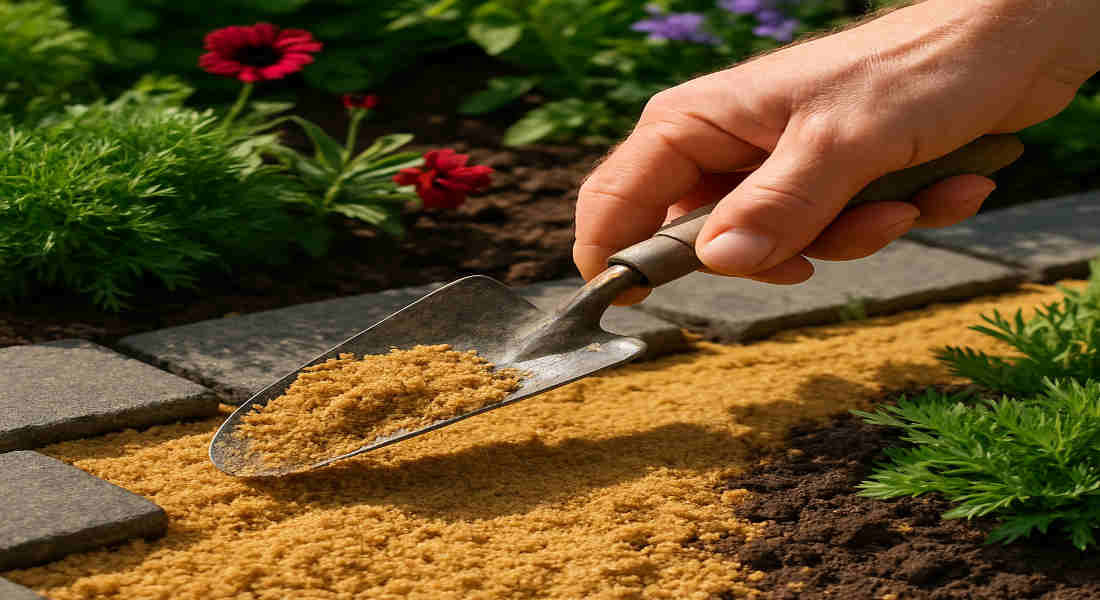
If you decide to use builders sand in your garden, it’s essential to follow proper precautions and techniques to ensure it benefits your soil rather than harming it.
Selecting the Right Builders Sand
- Choose Coarse, Washed Sand: Avoid fine or unwashed sand, as it may contain clay or salt.
- Inspect for Contaminants: Look for visible impurities or unusual odors, which may indicate chemical residues.
Testing for Salt and Contaminants
- DIY Salt Test: Dissolve a handful of sand in water and taste for saltiness. If the sand tastes salty, rinse it thoroughly before use.
- Professional Soil Testing: For large projects, consider testing your soil after adding builders sand to monitor pH and nutrient levels.
Mixing Ratios and Application Methods
- Recommended Ratio: Mix 1 part sand with 2 parts soil to improve drainage.
- Incorporate Organic Matter: Combine sand with compost or other organic amendments to maintain nutrient levels and moisture retention.
- Depth of Application: Work the sand mixture into the top 6-8 inches of soil for the best results.
Best Uses for Builders Sand
- Raised Beds: Ideal for improving drainage in raised garden beds.
- Potting Mixes: Combine with compost and peat for a well-draining mix.
- Lawn Topdressing: Use sparingly to improve aeration and drainage in compacted lawns.
Common Mistakes and How to Avoid Them
Using the builder’s sand inappropriately can lead to poor results. Here are some common mistakes to avoid:
- Using unwashed sand can introduce salt or contaminants into your soil.
- Overapplying Sand: Too much sand can create overly dry, nutrient-poor soil.
- Ignoring Organic Matter: Sand alone cannot improve soil health; always mix it with compost or other amendments.
- Neglecting pH Monitoring: Builders’ sand can alter soil pH, so test your soil regularly and make adjustments as needed.
You may also read (how much to pave house garden per square foot).

